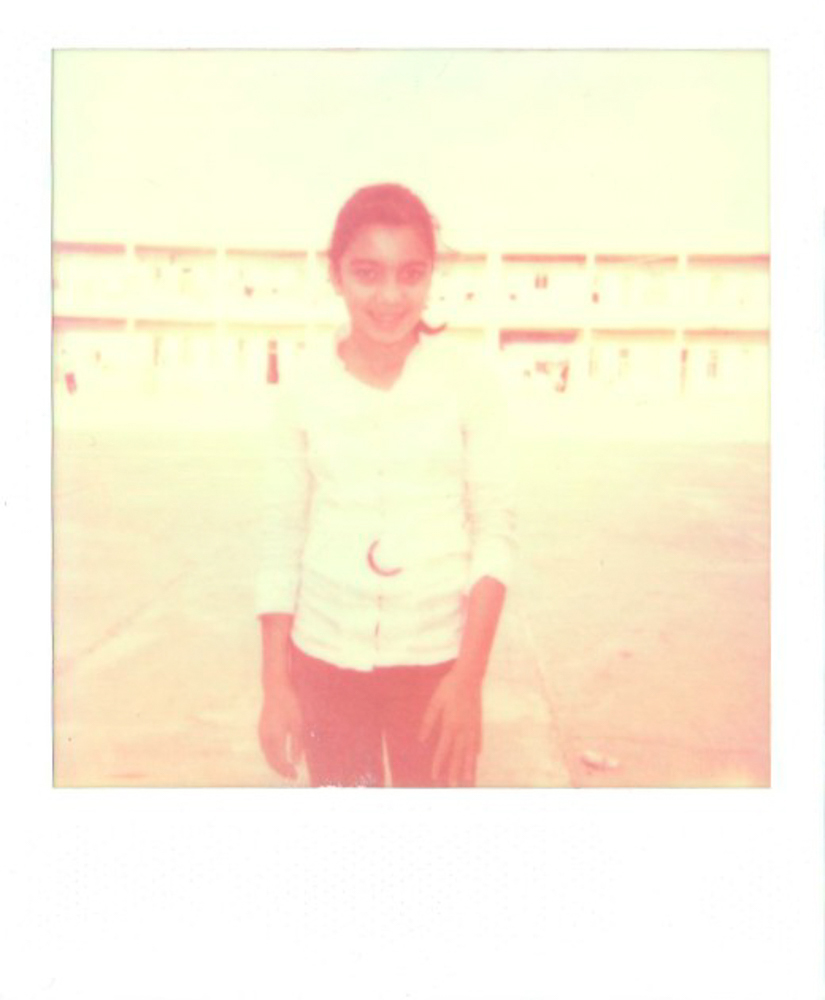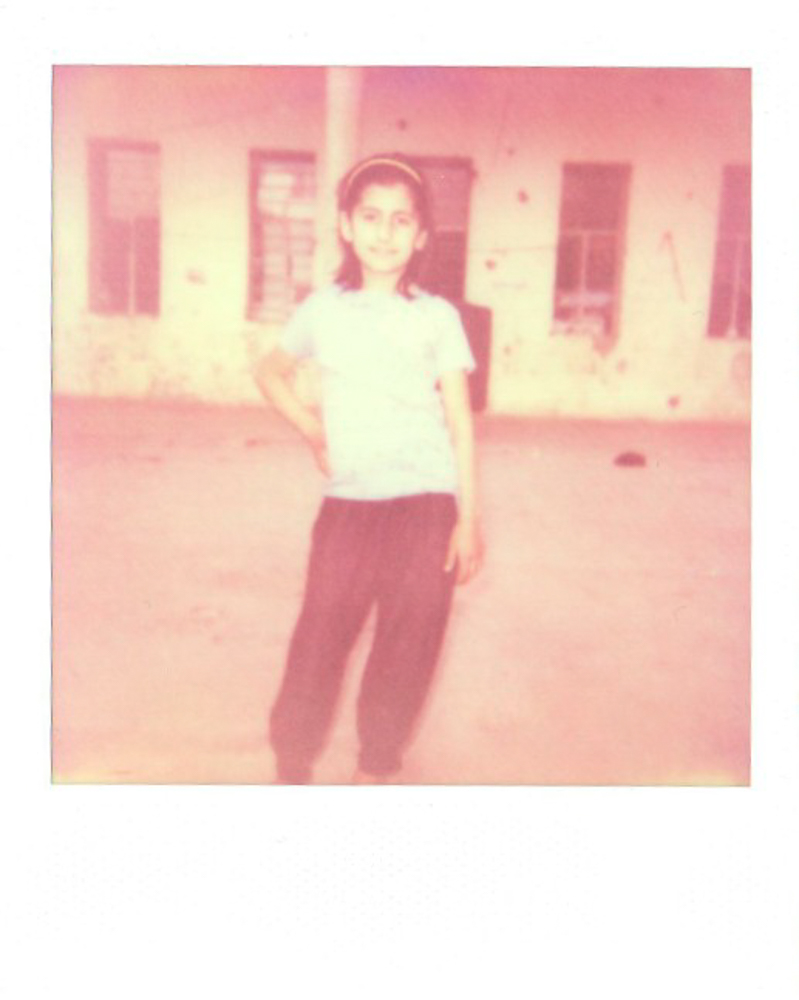



Iraq III
SCROLL DOWN
Iraq III

Iraq
Iraq
Iraq
According to the UNHCR, Iraq is currently hosting nearly 250,000 Syrian refugees. Over 240,000 are densely concentrated in northern, Kurdish-controlled Iraq around the cities of Erbil and Duhok. An overwhelming percentage of all Syrian refugees are from the mainly Kurdish Al-Hasakeh region in Syria, less than 150 miles from Iraq. Both regions are predominantly Kurdish, and share similar ethnic and cultural backgrounds.
Almost 40% of Syrian refugees registered with the UNHCR are living in official camps, with the remaining majority resettled in urban centers. The UNHCR estimates that of those 250,000 refugees, over 80,000 are children. Of that figure, only 31,000 are registered for and enrolled in formal education.
The refugee camps distributed throughout northern Iraq vary in size, accommodations, and quality of life. While some are located close to city centers and allow refugees to leave for work and school, others are situated in deserts or fields, miles from any city or town. These camps frequently don’t allow refugees freedom of movement. Most refugees are housed in tents donated by a variety of aid organizations like the UNHCR, and some camps are have built temporary housing shelters, or occupy previously-abandoned government facilities.




























